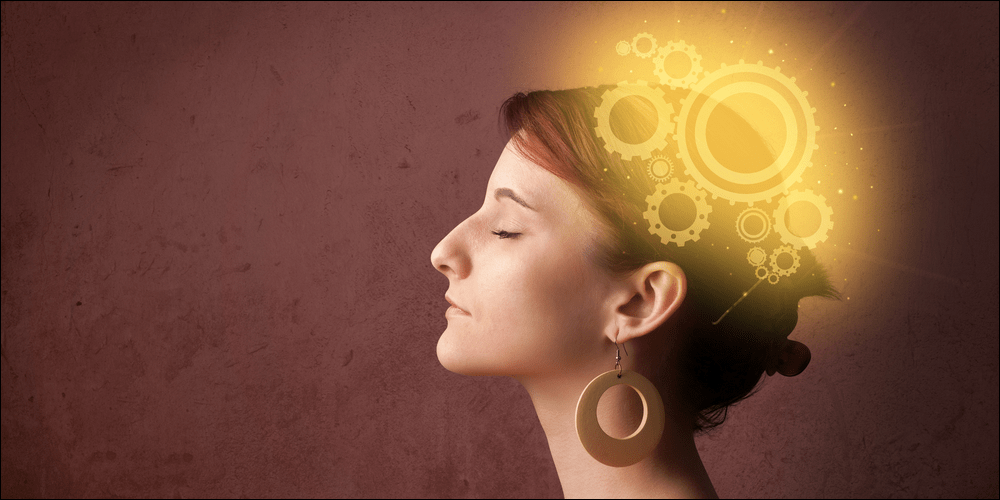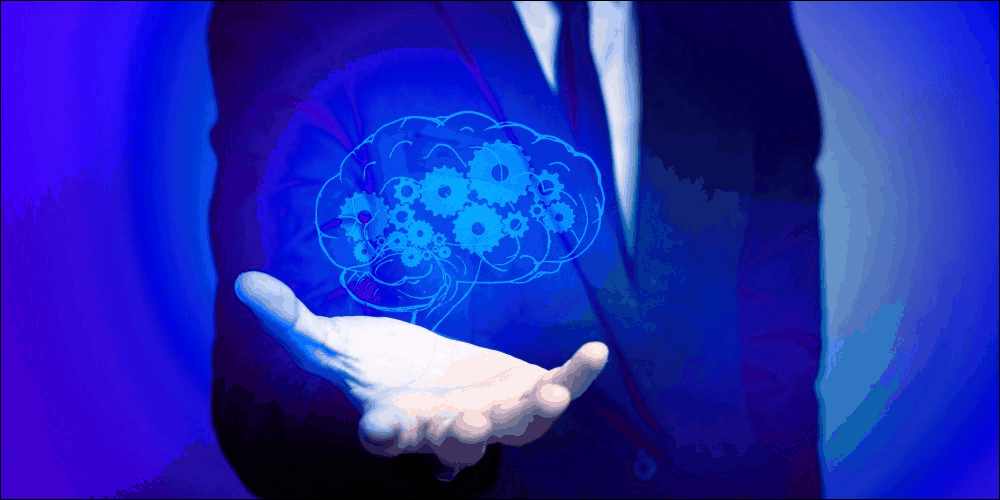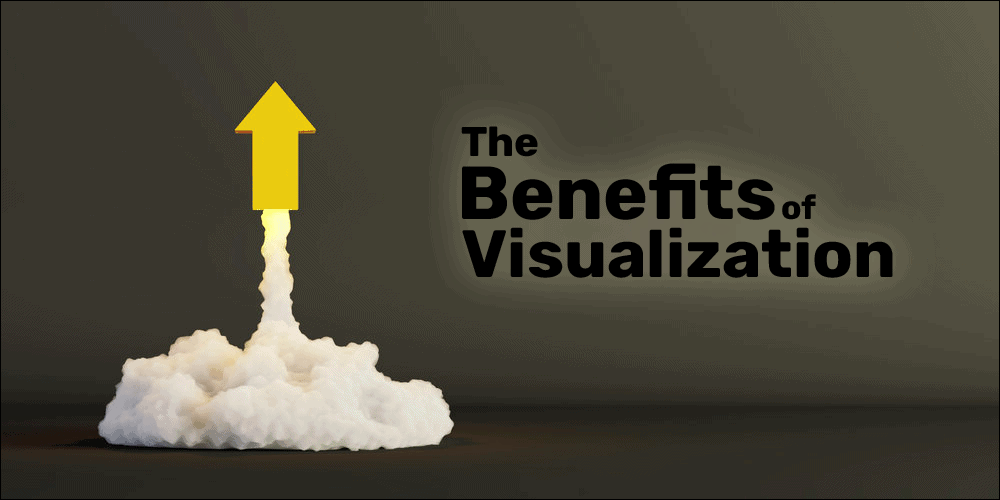The power of visualization: improve your skill by training your mind

Key points
Disclaimer
This information is for educational purposes only and is not intended to replace the advice of your doctor. Esports Healthcare disclaims any liability for the decisions you make based on this information.
The information contained on this website does not establish, nor does it imply, doctor-patient relationship. Esports Healthcare does not offer this information for diagnostic purposes. A diagnosis must not be assumed based on the information provided.
The esports industry is booming and is seemingly becoming more popular each day. Along with its increased popularity comes increased competition. External popularity and internal competition can put a lot of pressure on esports athletes and recreational gamers alike since many games require a lot of mental focus, teamwork, quick decision-making, and confidence in yourself and your team.
Additionally, grinding for 8 hours or more can certainly cause anxiety and fatigue during game play. These factors may also lead to performance-related anxiety prior to a competitive event.
For some, this performance-related anxiety may even occur prior to more casual competition such as gaming with friends. Using the power of visualization, however, you can manage these emotions to enhance your success.
What is visualization?
Visualization is a powerful technique that can be used by anyone in a competitive setting. In fact, the most successful athletes in the world visualize their success before a competition.
Visualization, also known as visual imagery, is creating mental pictures in your mind of an outcome that you want to achieve. These images are created by using your five senses to mentally rehearse the sport in your mind.
For example, think back to a major milestone in your life. What did you hear, see, and feel? Recreating these similar images and feelings and tying them to future successes will help rewire your brain to perform that way again.

Why is visualization Important?
Visualization is important because it helps to prepare and to teach you how to respond to a situation before it happens. It also helps you achieve your goals by conditioning your brain to see, hear, and feel the success in your mind.
Filtering out the excess
Visualization will engage the reticular activating system (RAS)—a bundle of neurons that acts as your filtering system and helps you to determine what information is important vs. what is not important.
Your brain perceives two million bits of data per second through the five senses. However, your brain is only able to process and manage 126 bits of data per second. So, what happens to the extraordinary volume of unprocessed or unmanaged information?
Your brain will filter down this abundance of data based on the way you manage information internally: your beliefs and assumptions about the world, your personal values, the decisions you’ve made in the past, and your memories.
Now, you may be thinking, “I want all two million bits.” However, the reality is that you do not want it all at once. The abundance of information would be overwhelming. Imagine (pre- or post-pandemic) standing in a crowded bar and trying to understand every individual conversation. This is only a fraction of the magnitude of data your brain filters out each and every second of the day.
So how would this personal filtering system work in a gaming situation? If two players were placed in the exact same situation in a video game scenario, both players would make different decisions based on how their mind interprets what they see, hear, and feel about the situation.
Although this situation is identical, each player’s interpretation of the information in front of them is unique based on the factors listed above (beliefs and assumptions about the situation, personal values, past decisions and experiences with the game).

The power of visualization
When you visualize what you want to achieve, you are consciously deciding to look for information about a situation that will improve your performance outcomes. Visualization is training for your mind the same way that practicing game mechanics is training for your body. Good players will train their skills; great players will also train their minds.
Two types of visualization
There are two main types of visualization in performance psychology: outcome visualization and process visualization.
- Outcome visualization is when you imagine your end goal. For example, you see yourself holding a trophy after a tournament and celebrating.
- Process visualization is when you imagine each step it will take to get to your end goal. For example, you outline your practice and training habits and visualize performing these habits to the best of your ability.
Like all things mental health, everyone will prefer their own type of visualization techniques. For example, many non-contact athletes will prefer to “feel the feeling” of winning and engage their kinesthetic response.
Athletes in more aggressive performance situations may focus more on their actions. For example, a basketball player may visualize their legs being strong and their shot being soft to the rim.
Ultimately, visualization is not a one-size-fits-all approach. But, whatever it is you are visualizing, you may want to find a trigger phrase or keyword to help you focus on the exact image you want in your mind.

The first step into visualization
If you’re new to visualization, you should begin with something that you know you already do well—something in which you have already succeeded. This will provide to you the foundation of visualization; in this situation, you’re recalling feelings and emotions that you have already experienced.
Once you’re able to play out in your mind your past experiences, then you’re ready to take on future visualization.
Create a clear picture
The next step is to gain clarity on your goal. You’ll want to have an overarching vision of what you want to achieve and why you want to achieve it. Finding your deeper meaning is essential to coming up with a goal that’s clear for you. Examples questions to help find clarity:
- Do you want to play professionally?
- Do you want to win a tournament?
- Do you want to be the best player on your team?
- Do you want to be the best player in the world?
- Do you want to eat healthier and have more energy?
Create a clear image of what you want and who you want to be. Then, map out a plan to make it happen through outcome visualization or process visualization (defined here).
Benefits of visualization
As previously mentioned, you are training your mind, and that is ultimately the power of visualization. Similar to physical activity (e.g., traditional sports), training and appropriate repetition will lead to improvements; the major benefit of visualization is personal improvement towards your end goals. However, there are many other benefits of appropriate visualization.

Calming nerves
It is common to be nervous before a big event. When you visualize the event and, ultimately, your success, it becomes easier for you to get comfortable with the upcoming situation because you’re creating an external stimulus in your mind. Examples of external stimuli in esports include:
- Teammates and/or coaches calling out (and/or yelling)
- Crowd noise (positive or negative)
- Lights flashing
In the example of crowd noise, it is important to include the crowd (or in the midst of COVID-19, the lack of a crowd) when you visualize your success at the event. Some people perform better in front of large crowds; others may feel anxiety in front of other people. Either way, it’s important to prepare yourself and your mind prior to going into any situation.
If you can appropriately visualize your success in the situation including all outside stimuli, there will be no surprises. Ultimately, your brain doesn’t know if something is happening in real life or inside your head because the process of visual imaging is the same with real life situations as it is with imaginary situations.
In physiology, this is most evident with negative emotions. For example, thinking about the poor outcomes or worst-case scenarios prior to any event unfolding may lead to anxiety, including physical symptoms such as increased heart rate, respiratory rate, and feeling shaky or weak.
Boost confidence and resiliency
When you’re imagining your success, you’re teaching your brain how to respond to a situation. Whether it’s a competition or simply practiced game play, recreating exceptional performances will help you to feel confident and prepared for your next big match.
Desensitize your situation
Making mistakes while gaming is inevitable. As with all things in life, nobody is perfect; you’ll miss shots, perhaps be in the wrong position, and lose matches along the way.
Systematic desensitization is the process of preparing for the mistakes that may occur during game play. Preparing beforehand could result in a more prepared and well-rounded individual or team performance.
On a physical level, this also allows you to develop “muscle memory,” so you’re reacting to situations vs. thinking about them. This rapid, reactive response will relieve some anxiety associated with the uncertainty.

Improved reaction time
Although visual imagery happens in your mind, your brain is what controls your muscles. By using visualization techniques, you’re grooming your mind to be more efficient. Again, strong visual imaging is similar to experiencing the situation in the real world. For example, you may have experienced a dream that was so real you struggled to believe it didn’t actually happen.
Try it: an outcome-visualization technique
First, find a comfortable place with no distractions. If you’d prefer, you can listen to music to enhance your experience. If there is already a song or type of music for which you associate success, listen to that same song (or type of music) each time. This can create a trigger for unstoppable confidence regardless of your situation.
Think about the goal you want to achieve. Close your eyes and engage all your senses. Inhale deeply. As you do, think about the event as if it has already happened. See what you would see, hear what you would hear, and feel how you would feel in that moment. Visualize that you’re already there and celebrating the success of that moment.
Ask yourself these questions:
- Who else is with me in the moment (teammates, friends, family, crowds)?
- What sounds would there be?
- How would I react and/or celebrate this success?
Think of a mantra in your head. For example, “I am unstoppable.” Most often, “I am…” phrases are the most powerful as they are a form of visualization, themselves. However, you may use any trigger phrase that will help you enhance this moment.
Practice these steps frequently!
Note: if you’re having a hard time visualizing at first, that’s okay; it’s common to struggle when you first begin. However, like most tasks, the more you practice, the easier it gets. Also, visualization can be done anywhere!
Summary
Visualization can be an extraordinary technique to help you prepare for a high-pressure situation. Research has supported that visualizing an event in advance can improve your mental performance and your physical performance.
Esports success can be given or taken away in seconds, and when every second counts, it’s important to use every tool possible to earn an advantage.
Habits are created through repetition; if you repeat images of success in your mind, you will be more likely to experience success when the real scenario happens.
Whether you have a goal to improve your gaming skills or a goal to perform better at work, visualizing your success will give you more confidence and will train your brain for success everywhere you go.
If you want to improve your visualization techniques or need extra help, fill out this form to speak with our mental health and performance coach, Shannon Rollins.
